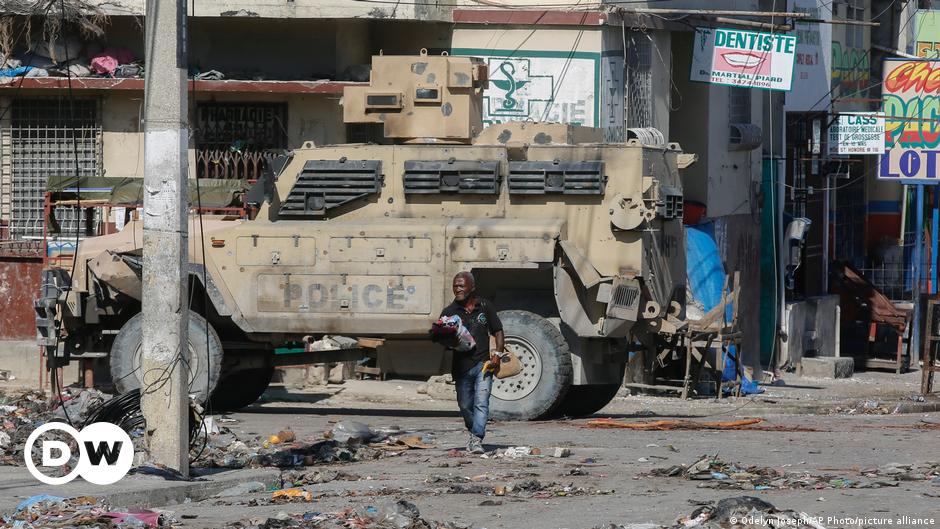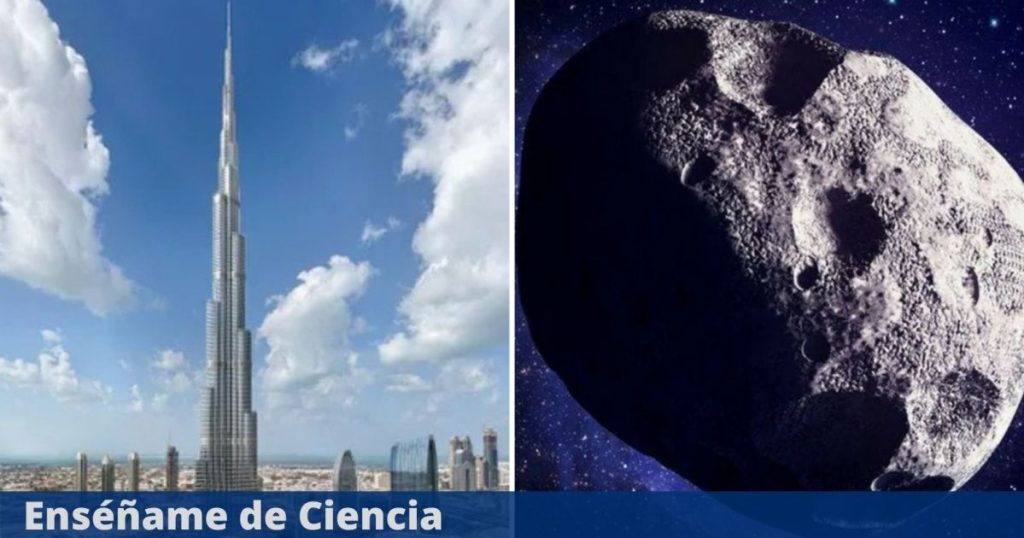It’s not that we need to get scared or sound an alert, asteroids visit us often, although not all of them are giants. On April 28, it crossed Earth. An asteroid twice the size of the Empire StateNow, the surprise is even bigger: On May 9, a huge asteroid the size of the largest building in the world will pass close to us, but safely.
According to NASAit is located around an asteroid called 467460 (2006 JF42)With a diameter ranging from 370 m to 840 m. The tallest building in the world (Burj Khalifa) is 828 metres. The massive space rock will approach its closest point on May 9, only 0.03817 astronomical units (AU) At a speed of 11.3 kilometers per second. You can follow his journey here.
2006 JF42 is astronomically very close to Earth, and of this size it can cause significant damage. Luckily, There is no risk of collision. It will pass at a healthy distance about 15 times more than the Moon, that is, about 5.7 million km. You can convert given that one astronomical unit is equal to 149,597,870,700 metres.
NASA constantly monitors Near-Earth Objects (NEOs), which are asteroids and comets that orbit the Sun like planets. When they approach a distance of 193 million km from Earth, they are identified as a “Near-Earth Object”. The things that get the most attention are the fast-moving ones that are less than 7.5 million kilometers away and are massive enough to be classified as potentially dangerous.
Objects up to or more than 140 meters in size pose a hazard to Earth of great concern due to the level of damage a collision would cause, and should remain the focus of global research efforts. The Planetary Defense Coordination Office (PDCO) explains.
So far, no known asteroid larger than 140 meters in size has a high chance of colliding with Earth over the next 100 years. This means we don’t have much to worry about for at least a century, but just in case scientists are on the alert and constantly monitoring potentially threatening asteroids.
to me Center for Near-Earth Object Studies (CNEOS) According to NASA, with an average interval of about 10,000 years, rocky or iron asteroids larger than 100 meters are expected to reach the Earth’s surface and cause local disasters or produce tidal waves that can inundate low-lying coastal areas. While every several hundred thousand years, an asteroid larger than one kilometer can cause global catastrophes.
What if at some point an asteroid had a chance to walk our way? NASA says The Planetary Defense Coordination Office is responsible for providing accurate and timely information to government, media, and the general public about the approaches and potential impact of Potentially Hazardous Objects (PHOs) on Earth.
Share knowledge, share knowledge.

“Beeraholic. Friend of animals everywhere. Evil web scholar. Zombie maven.”

:quality(85)/cloudfront-us-east-1.images.arcpublishing.com/infobae/IQJTX3VFRZBBJFIHZMSS4QXC3I.jpg)
:quality(85)/cloudfront-us-east-1.images.arcpublishing.com/infobae/WTJG42OCBZFEPP5ONVBMDBFGYA.jpg)
:quality(85)/cloudfront-us-east-1.images.arcpublishing.com/infobae/MGVXUXSCMRF7TP72STERNTQCLI.jpg)

:quality(85)/cloudfront-us-east-1.images.arcpublishing.com/infobae/T5A6IXIZK5HELCWKVYZWHOEQEU.jpg)

More Stories
What are the first jobs that artificial intelligence will replace?
NASA MSR Program: Bringing samples from Mars in 2040 is not an option
They are creating a miracle material that could replace graphene. It is a thin two-dimensional layer of gold.